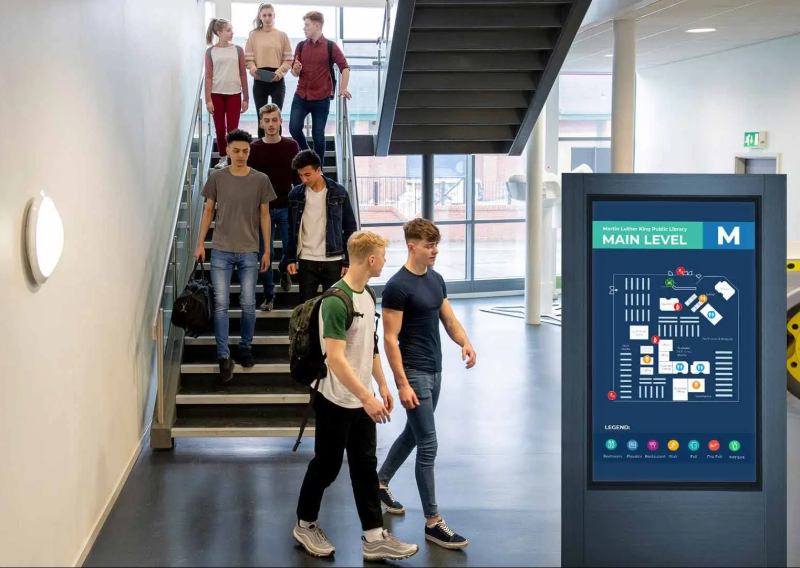Getting lost in a big building is frustrating. You might be rushing to a doctor’s appointment or looking for your gate at the airport. Poor signs can make a simple trip very stressful. That’s where SPM Design environmental wayfinding design experts come in. They create custom solutions that help people move through tricky spaces easily.
Understanding Each Building’s Special Needs
Every building is different. A hospital needs quick directions to save lives. Shopping centers want to guide customers to stores. Office buildings ensure good security measures and easy access for their clients.
Our design team starts by watching how people walk through each space. They see where people get confused and where they ask for help. This helps them create the right signs for each building.
Putting Signs in the Right Places
Putting signs in good spots takes careful planning. Designers think about where people look and how fast they walk. They put direction signs at important corners and make sure people can see them from different angles.
Height is important too. Signs too high up get missed. Signs too low down block walkways. The team tests different heights to find what works best for everyone.
Making Signs Easy to Understand
Big buildings have many floors, areas, and places to go. Designers use colors, fonts, and symbols that people recognize quickly. Important places get big, bold signs. Less important info gets smaller signs.
Keeping all signs similar helps people learn the system. When visitors understand the signs in one area, they can use that knowledge everywhere in the building. This makes navigation much easier.

Helping Different Types of People
Modern signs need to work for everyone. People from other countries might need pictures along with words. People who can’t see well need raised letters and bright colors.
Designers also think about new visitors versus people who work there. A hospital visitor needs different help than a doctor who works there every day. The SPM Design environmental wayfinding design system must help both groups without confusion.
Using Technology to Help
Today’s signs often work with digital tools. Touch screens give detailed directions. Phone apps show personal routes. QR codes on signs link to extra information or live updates.
The design team makes sure these tech additions help instead of replacing regular signs. Not everyone uses phones, so physical signs are the main way to navigate.
Testing and Making Changes
Before putting up final signs, designers test them with real people. They watch how people use the signs and where they still get confused. This helps them make the signs better.
Even after the signs are up, the team keeps watching. Buildings evolve over time, and as a result, signage must adapt as well. Regular check-ups help keep the system working well.
Wrapping Up
Good wayfinding design turns confusing buildings into easy-to-navigate spaces. People feel confident and comfortable moving around. Through careful planning and focus on users, wayfinding experts create solutions that make every trip smoother and easier.
